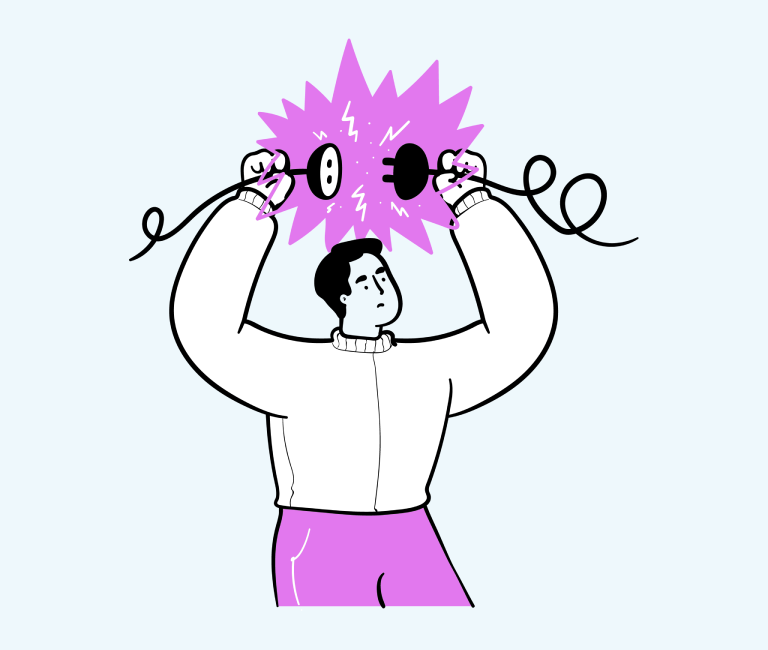An Essential Guide to Responsive Web Design and Why It’s Important
The internet has become quite a common thing nowadays. People from around the world are accessing it using different devices. It is the reason why designing websites has become a bit typical as compared to earlier times.
Now you have to consider a lot of factors like the large array of devices used for browsing websites, such as phones, laptops, game consoles, tablets and more. Understanding the importance of designing a responsive website has become a need for everyone.
What is a responsive web design?
It is a new approach to designing a website where your web content is able to adapt to different screen sizes. Several columns can be aligned horizontally on a PC screen but the same would be highly inconvenient on a smartphone screen.
The responsive web design approach enables you to deliver different layouts and formats of the same web content for varying screen sizes.
How is it different from adaptive web design?
Both these techniques are applied for the same purpose but they work quite differently. In responsive web design, there is the same common file that the users access via devices of different screen sizes. A special CSS code is rendered to control the layout of those screen sizes.
But adaptive websites work quite differently. In adaptive web design, there is a script that checks the screen size of the end-users. Different templates are there for different screen sizes. And one of those templates is accessed for the users based on the size of the screen.
Why do we need responsive web design?
There are several reasons behind opting for this approach and most of those reasons are associated with mobile devices. The smartphone web traffic overtook the desktop and now the smartphone web traffic consists of more than 51% of the total web traffic. You have to keep in mind that more than half of your potential customers are smartphone users.
Apart from this, the majority of search engine visits also come from smartphone users. Smartphones have now become the biggest advertising channel (it emerged as a major advertising channel during the pandemic).
With so many factors signalling the significance to consider smartphone users, there is no way you are going to succeed without incorporating their needs. Such factors have made it almost compulsory to go for a responsive web design approach.

- Responsive web design example
How to get started with this approach?
Now you are aware of the fundamentals associated with responsive web designs, it is time to get started with it. In this section, we are going to talk about some tips to help beginners in this area. Once you see some web design inspiration and look at other responsive web design examples, you will soon be up to speed. Let us have a look at it.
Speed
This is the first thing to consider when you are planning to design a responsive website. Users take speed as the major contributor in making a website responsive. The bounce rate on pages that take more time to load is significantly higher as compared to the pages that take less time.
A large number of options are available to enhance the speed of your website. Here we are mentioning a few of them.
- Implement Google AMP for your mobile pages. AMP stands for Accelerated Mobile Pages and it was developed to decrease the loading time of pages significantly. Google AMP lets the web pages with videos, animations, and smart ads load instantly.
- Try to opt for more efficient CSS layouts.
- Images larger than usual are the biggest obstacles to a speedy website. You should go for the proper image size in order to make your website load faster.
There is a term called fluid image use. Fluid image use is vital to a responsive web design because it helps the image in adapting to different screen sizes. The use of proper CSS commands here ensures the image to be displayed at 100% of its pixel value at maximum.
Make use of media queries
The whole layout of a website can be automatically adapted to different screen sizes. The layout gets changed as per the space available on a screen. If a website has four columns when displayed through the desktop, it will appear to have only one column when viewed through a smartphone. It improves readability to a vast extent.
Media queries analyse parameters like the resolution of the screen, screen width, and the orientation of the device and then render appropriate CSS rules for displaying content.
Use a flexible grid layout
The grids have played a significant role in enhancing the readability in magazines. They are playing the same role on websites but the problem lies in the varying screen sizes of different users. So, flexible grids are the best option here. Whenever you are designing something flexible, all the measurements should be done in percentage rather than pixels.
Flexible grids can be implemented very easily. First, you need to use percentage as a parameter for sizing instead of pixels. After you have switched to it, set a maximum width for the container of your website. Once the max-width is set, you will be able to use the formula appropriately for varying screen sizes.
Opting for a responsive navigation
Clumsy navigation is not good for responsive web design. Making a responsive website is quite an easy task if the website is small but the same task becomes a challenge when you have a big one. And choosing the right navigation is one of the biggest challenges here. We are listing some suitable navigation options to help you out in this matter.
Fading navigations
Fading navigations are very convenient if your website has a large number of links and other things. Whenever your menu becomes too long, fading navigation can be used. In the case of long menus, you have to keep it attractive. And smooth fade navigations are as convenient as they are attractive.
Mega menu navigations
As the name suggests, you can use them to include a large number of links, recent content, and several other such things in one menu. The implementation of this menu used to be very common in websites for desktops. But thanks to the excessive use of CSS, you can now make such menus in responsive websites intended to be mobile-friendly.
Summary of responsive web design
Responsive web design can play a significant role in boosting traffic on your website and there are several other benefits as well.
It is not something entirely different from the usual web designing process, you have to just consider some relevant factors. Read a few responsive web design tutorials and get the full bottle on the topic.






